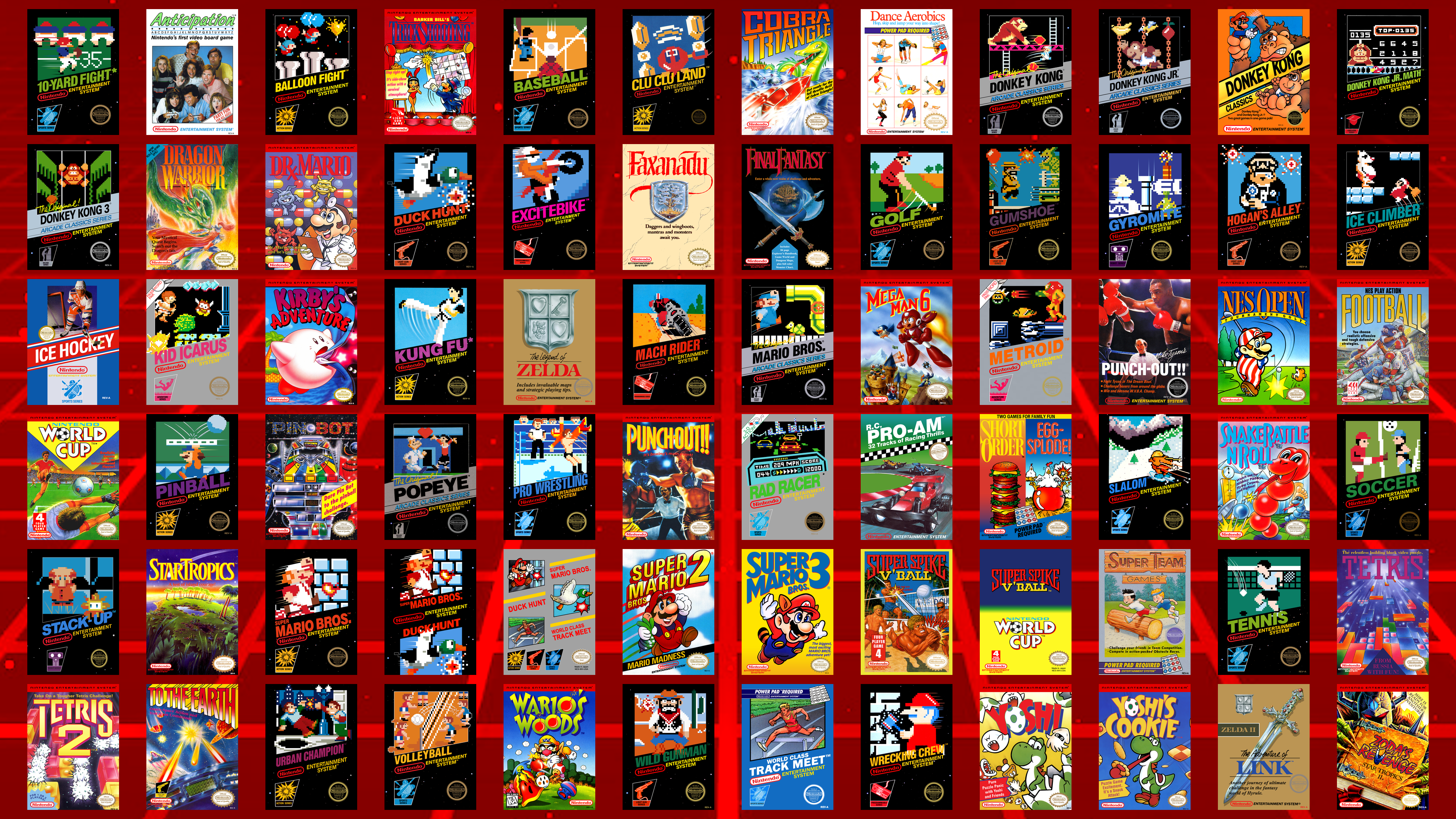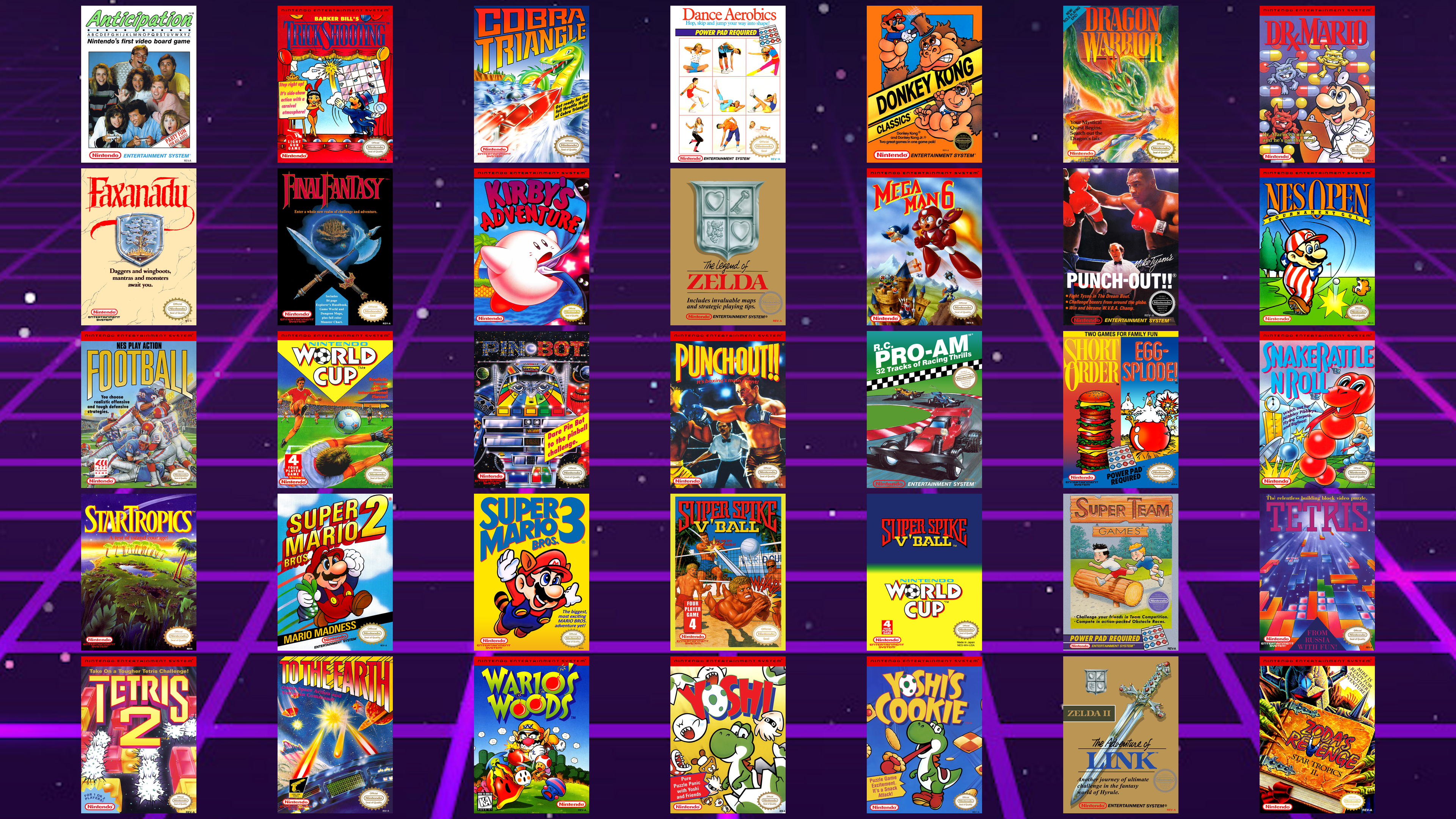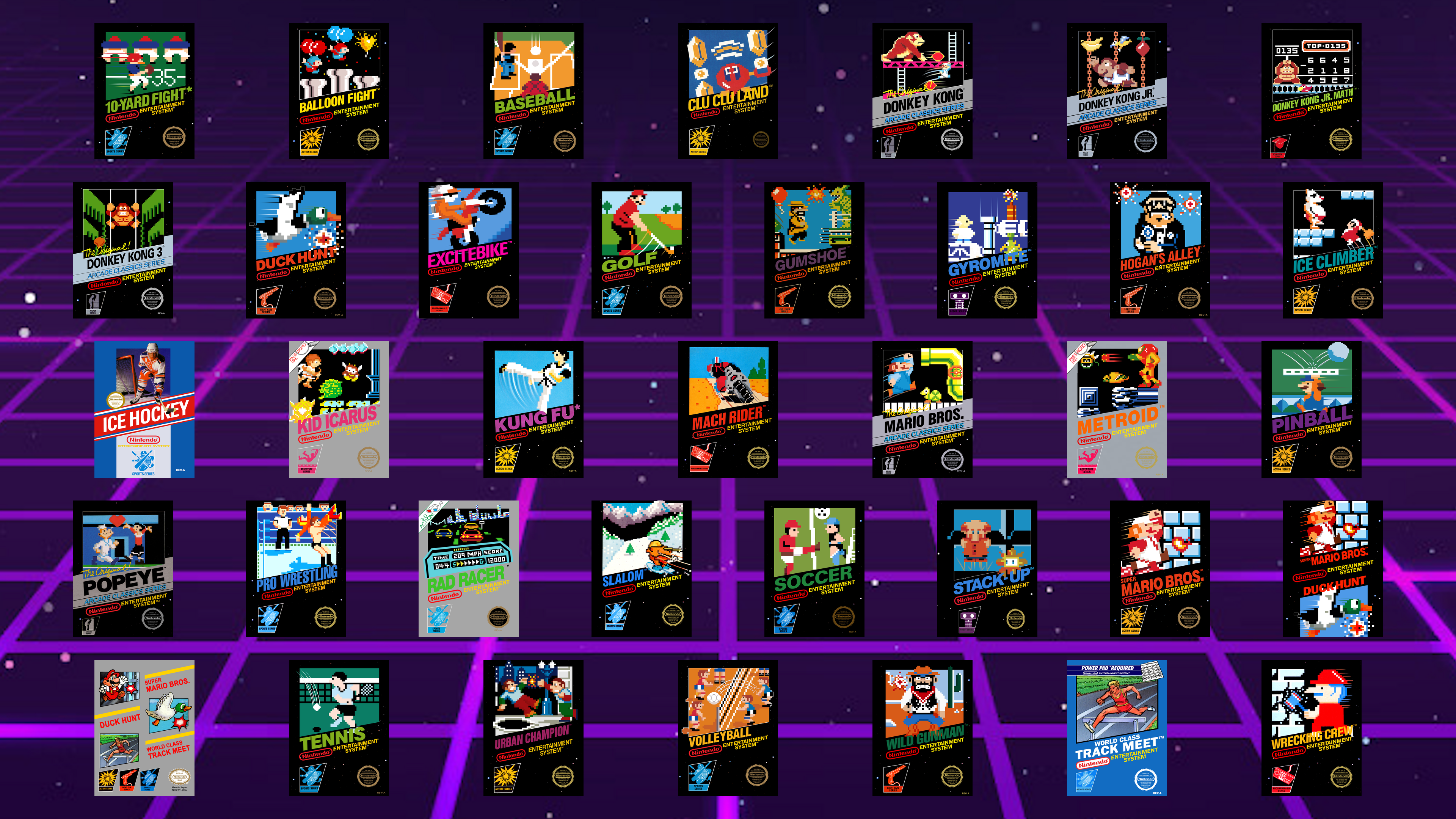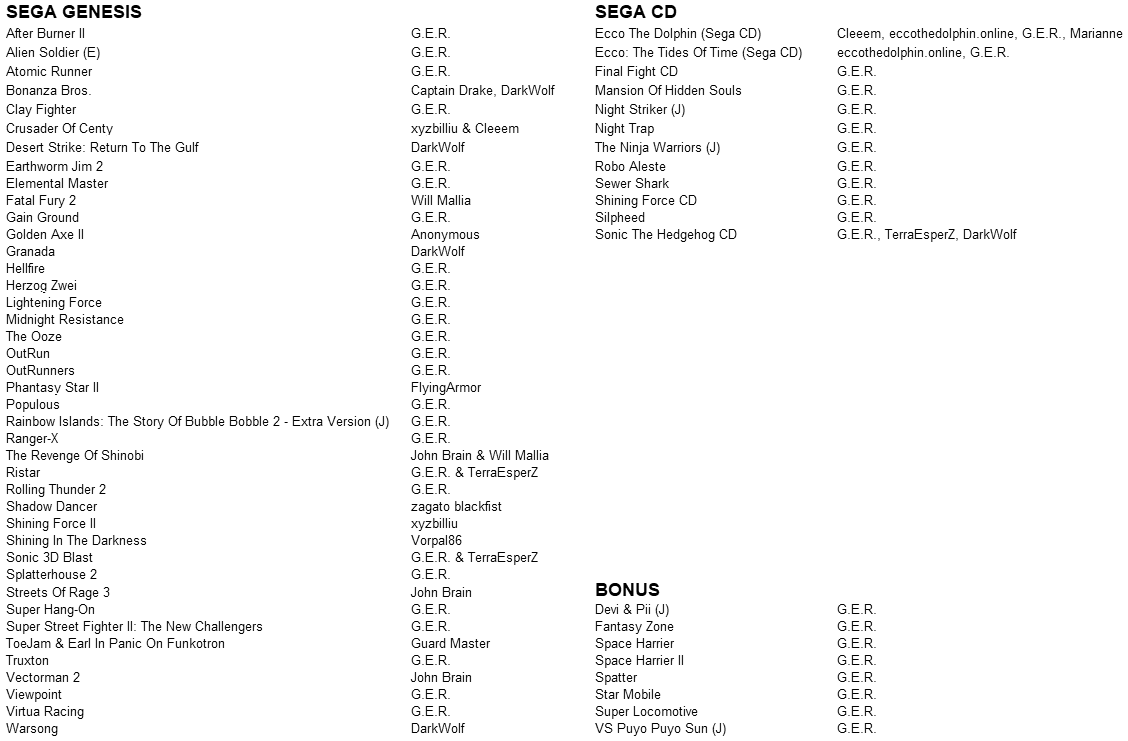1
Maps Of The Month / 2025/12: Daze Before Christmas (Au) (Genesis) - John Brain
« on: November 30, 2025, 09:36:52 pm »For this month's "Maps Of The Month" featurette, I wish to draw your attention to John Brain's Daze Before Christmas (Au) (Genesis) maps.
Evildoers like Louse The Mouse, The Evil Snowman, The Timekeeper, and Mr. Weather really have something against Christmas, so one night, they curse the presents, scare away the elves, and steal parts from the toy-making machines. As Santa, you'll have to take them on while restoring the toys in order to save Christmas!
There aren't many Christmas video games from this era, but one that is undoubtedly holiday-based is Daze Before Christmas, a 16-bit platforming action game. If you haven't been bestowed with this game's presence (heh... like "presents", get it?) it's probably because it was only released in Europe and Australia for the Super NES and, here, we have the version for the Genesis - excuse me, Mega Drive - that was only released in Australia (hence the "(Au)"). What is amusing about this being an Australian exclusive (for the Mega Drive) is that Australia is in the southern hemisphere, so their Christmas happens in the summer, a stark contrast to the wintry scenes in this game! All of the levels named with countries and geographical areas (England, Russia, Japan, USA, and the North Pole, of course) are in the northern hemisphere. In any case, John Brain has mapped all of these 24 levels, drawing attention to this globe-trotting - but regionally limited - Christmas caper!
So to recognize the effort put into mapping this "advent adventure", John Brain's Daze Before Christmas (Au) (Genesis) maps will be known as VGMaps.com's Maps Of The Month for December 2025.










